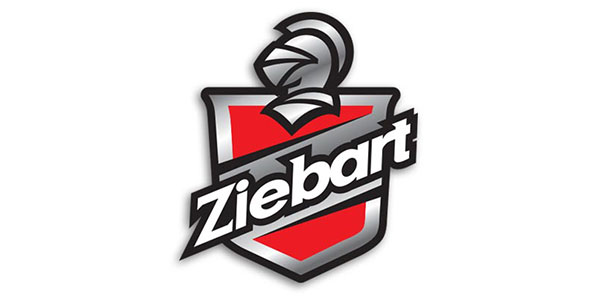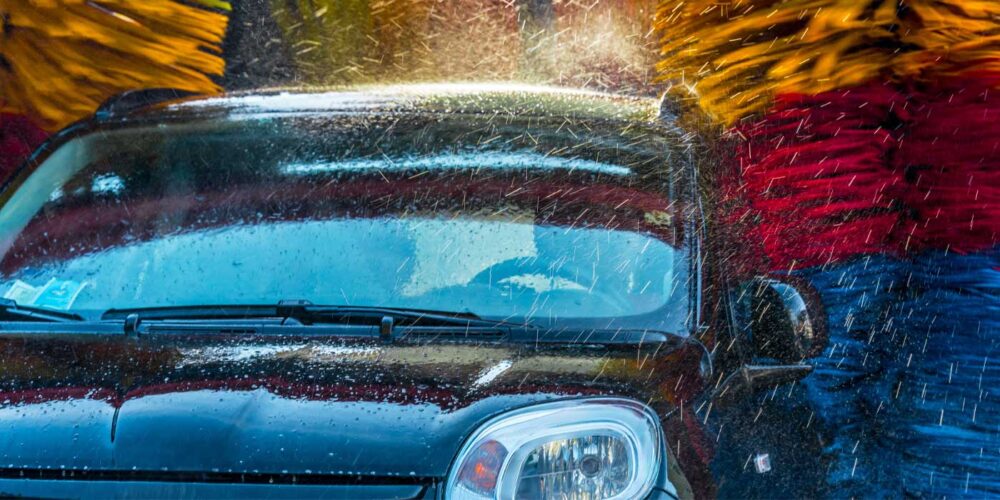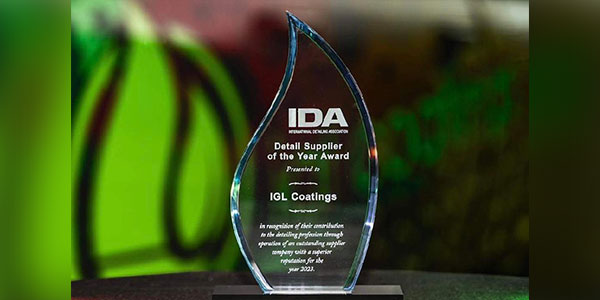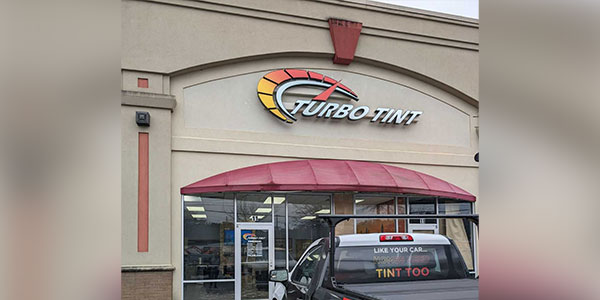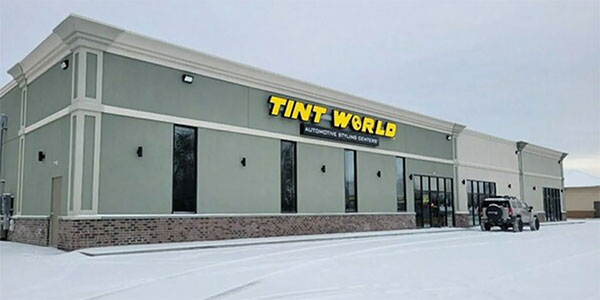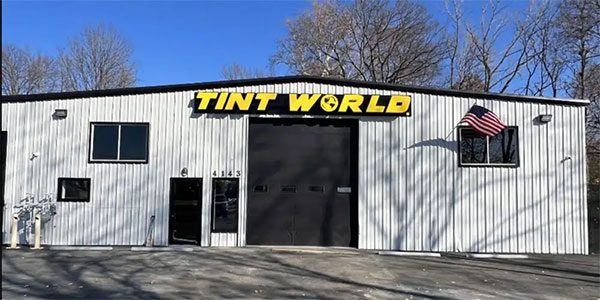Microfiber towels continue to have an increased market presence in the carwashing and detailing industry. Joe Gartland, the owner of Towels by Doctor Joe, began selling them in 1995; within four years, he said that the microfiber towel business had “exploded.”
Updated content: How to properly wash and care for microfiber towels
Microfiber towels are now around 40 percent of his total sales. Gartland believes the product has been so successful because manufacturers in the marketplace provide a high-quality product. “There’s a lot of good stuff out there,” said Gartland. “I think one of the reasons why [they’re] so popular is that even a fair microfiber towel brings value to the carwash industry.”
Adding value
While these towels can add value to your carwash, it is important to take the proper maintenance steps to ensure that you get the most use out of them. Gartland and Danielle Harsip, Marketing Director at ERC Wiping Products, have some helpful advice on how to make microfiber towels last as long as possible.
Washing microfiber towels safely
The first important step is that the towels be washed before they are used. There is a finish on microfiber towels when they are sold, much like there is on clothing purchased at a store, and they should be washed before using to remove this finish. Harsip offered this warning about washing microfiber towels. “Never, ever wash your microfiber towels with your terry towels. The lint from the terry towels will cling to the microfiber, and it will be hard to remove.” Gartland said that “microfiber is attracted to everything and won’t let it go.” This is why it is important to keep things away from microfiber that will do it harm.
After frequent use, a microfiber towel will go from being bushy to the fibers clumping together, and they will become less effective for cleaning and drying. When it is time for the towels to be cleaned, Gartland says that ammonia should be used, and that it will improve performance. Harsip said that detergent should be used when washing microfiber. “When the dirt falls out of the cloth and into the water of the washing machine, the chemicals in the detergent hold onto that dirt and bring it down the drain. Without detergent to suspend the dirt, it falls back and sticks to the cloth again.” Harsip also said to “follow the care instructions on the tag, such as cold water washing, no fabric softener, no bleach.”
Drying microfiber towels safely
The towels also need to be dried properly. “All the microfiber towels that a customer would buy should be washed and dried in a dryer before being used … at very low heat, if not air dried,” said Gartland. The polyester in microfiber towels has a low melting point, and cannot handle the high heat that other fabrics that go in washing machines can. If the towels are dried at high heat, then the fibers will melt together and it will be like “cleaning with Plexiglas,” said Gartland. Harsip said that the main reason why microfiber towels are ruined is drying them at high heat.
Remember that it’s not just bad for microfiber towels to be dried at too high of heat, but it can ruin them completely. Once the damage has been done from heat, it cannot be reversed. Harsip described towels that have been dried at too high a heat as being “useless.” Improper maintenance can make a good investment a poor one.
When these microfibers have melted, you won’t actually see the difference in the towel. However, the performance will be greatly diminished. Harsip said when the towel has been damaged from heat, one thing you’ll notice is that it will not cling to your skin the way that it once did. She explained a good way of testing the towel. “The way to determine that the microfiber is melted is to hold the towel in two hands and put water on it. If [the water] sits on the cloth rather than soaking into it, then the damage is done.
Color-coding system for most effective use
There are other things that play into the longevity of the towels, like keeping them organized, and only used on certain areas. The most important thing in maintaining the longevity of a microfiber towel is a proper color-coding system for the towels, according to Gartland. “One towel for one purpose,” he said. “Keep them separate, and wash them separate.” The first step in a color-coding system is creating a culture of commitment amongst the carwash employees. This comes from the top down, and needs to be taught to employees. “Owners need to make a decision that a blue towel will only be used on glass, for instance. A red towel will only be used on a body of a car,” said Gartland.
There are many examples of why a color-coding system is important. During the summer, for instance, there is often oil on the roads, and it deposits itself on vehicles as they drive by. If a towel is used to wipe down the whole car, then the area of the car that has oil on it will be spread from the towel to the entire car.
It is also important to find the right towel for the right job. Some things that need to be taken into consideration are the length, weight and thickness of the towel. One recommendation that Garland has is to use a small black towel for door jams, because they’re lubricated every time a car is taken to a get an oil change, and you do not want a dirty towel cleaning the entire car. This is one example of finding the right towel for the right job, and keeping the towels separate.
Another tip that he offered is to use a damp towel as opposed to a dry one, when cleaning water off of a vehicle. “Water is attracted to water,” he explained. “A damp towel should always dry better than a dry towel.”
It’s also important to find the right towel for the location and purpose. A store that has high theft, may not want to invest in expensive microfiber towels. Harsip explained one rule of thumb to test the quality of a microfiber towel. “Good microfibers will make your hands feel like they are dry. It’s actually the microscopic fibers trying to life and trap the dirt.”
Innovation and proper maintenance
As the market for microfiber towels continues to grow, there will be more improvements. One simple innovation that Gartland explained was more towel colors. Color-coding is something that he emphasized as very important in the organizational process, and more color options can lead to a better color-coding and organization system at your carwash.
Harsip explained that while microfiber towels are a great tool, and very versatile, that they’re “unforgiving when a mistake is made.” So it is always important to keep in mind that you, the carwash owner, go a long way in keeping this valuable tool working the way that it should.
When proper steps and procedures are taken, microfiber towels can help to improve your carwash, and last a long time. “If you take care of them, wash them properly, and bring them back to life when they get old, they’ll last a long time” said Gartland.





